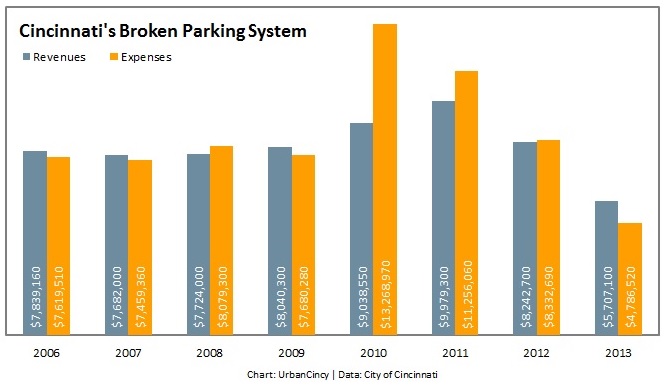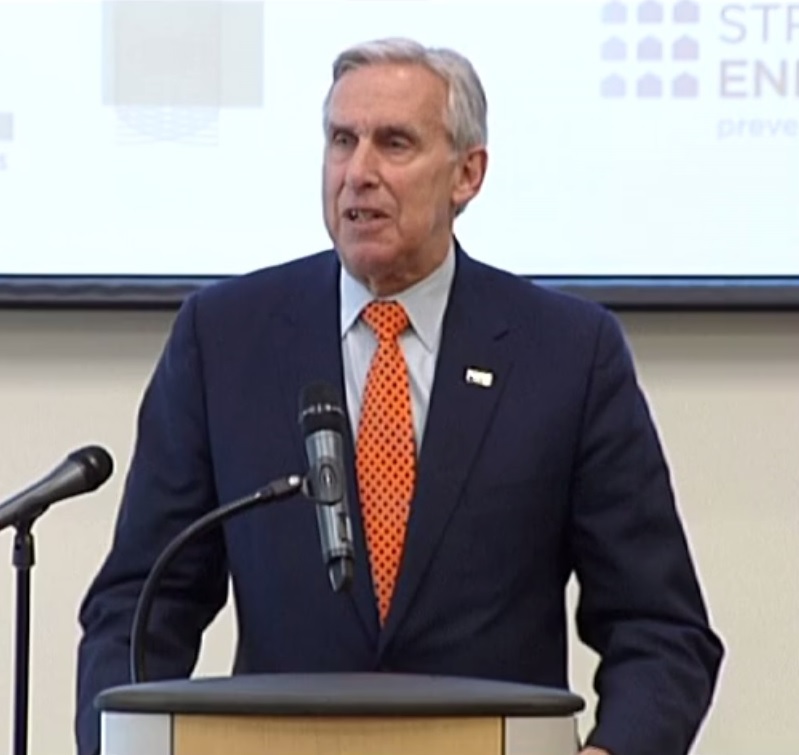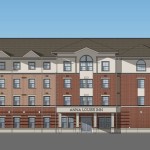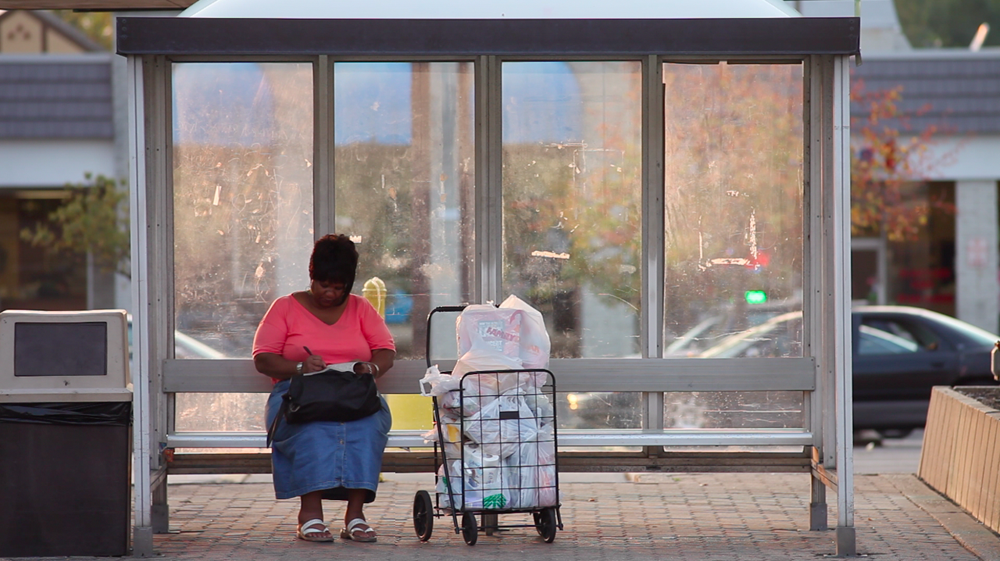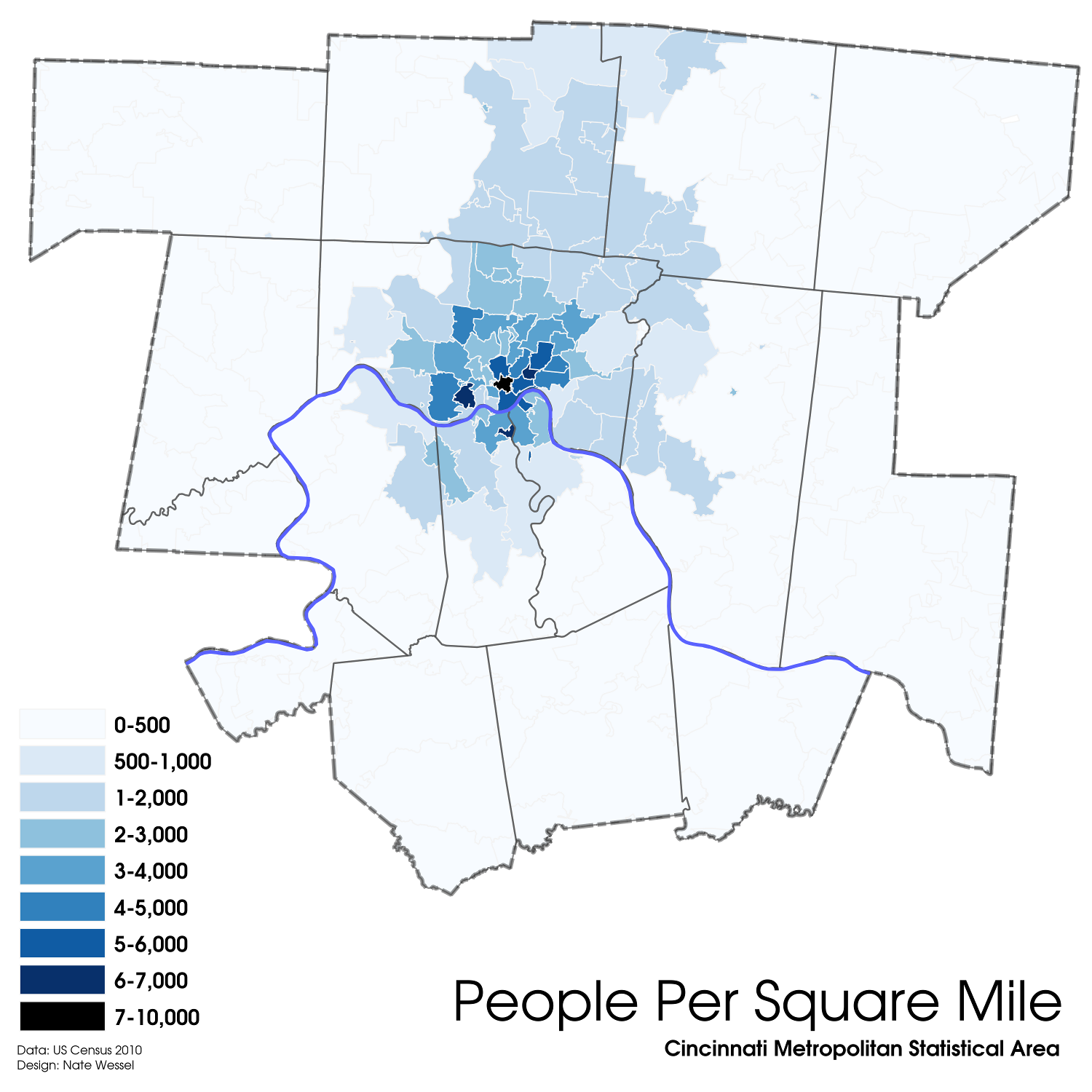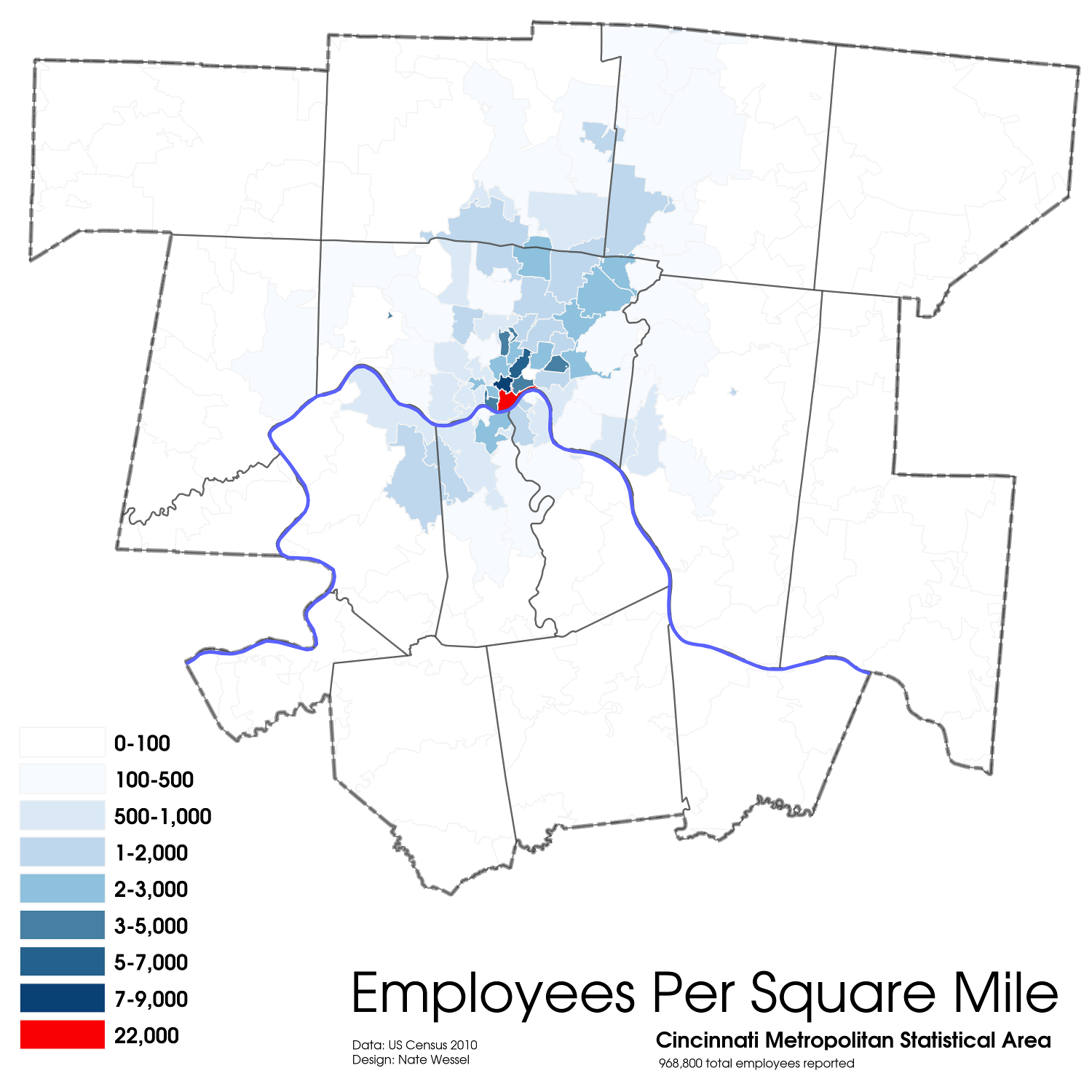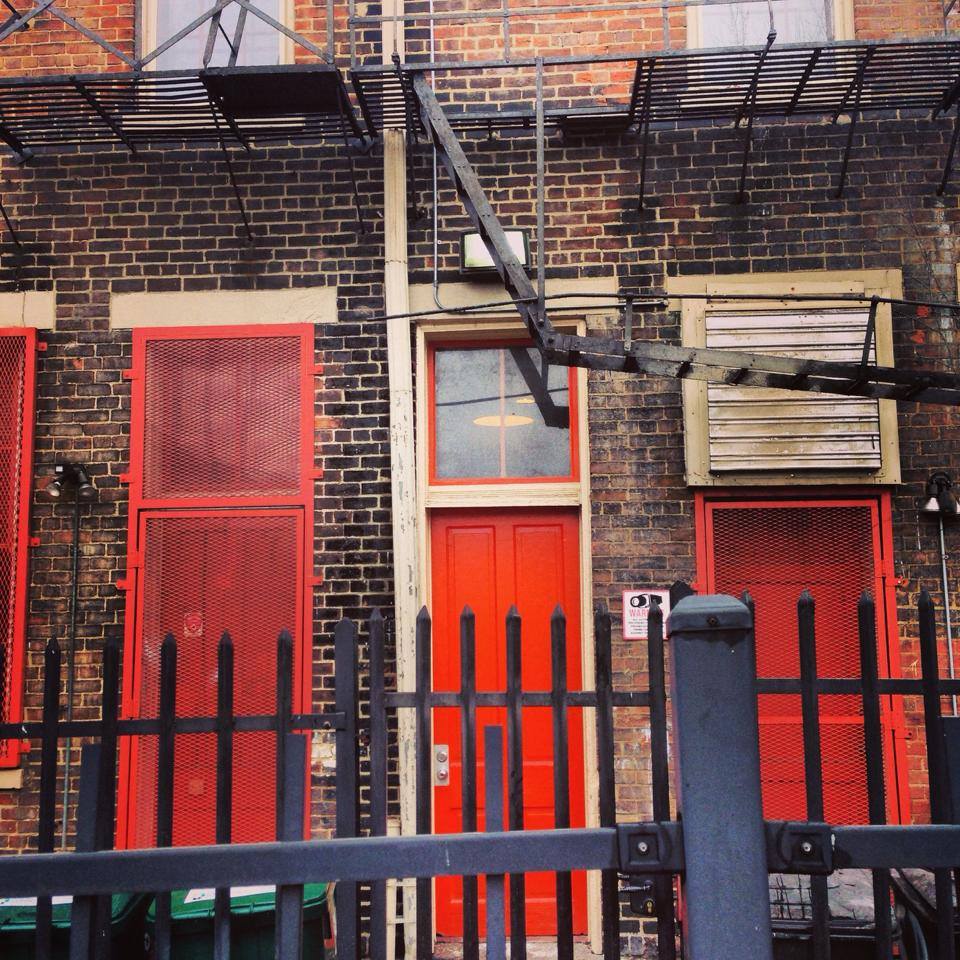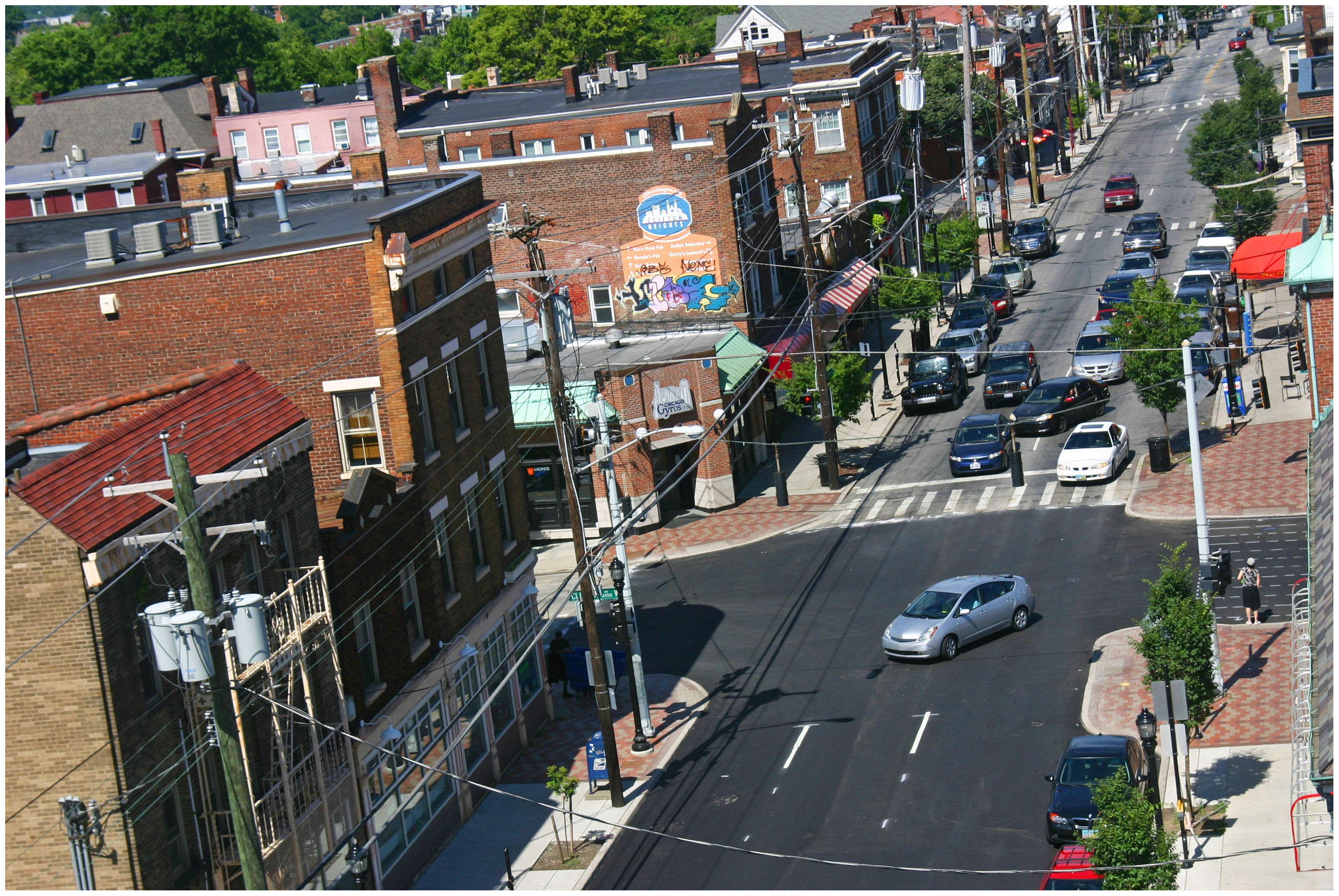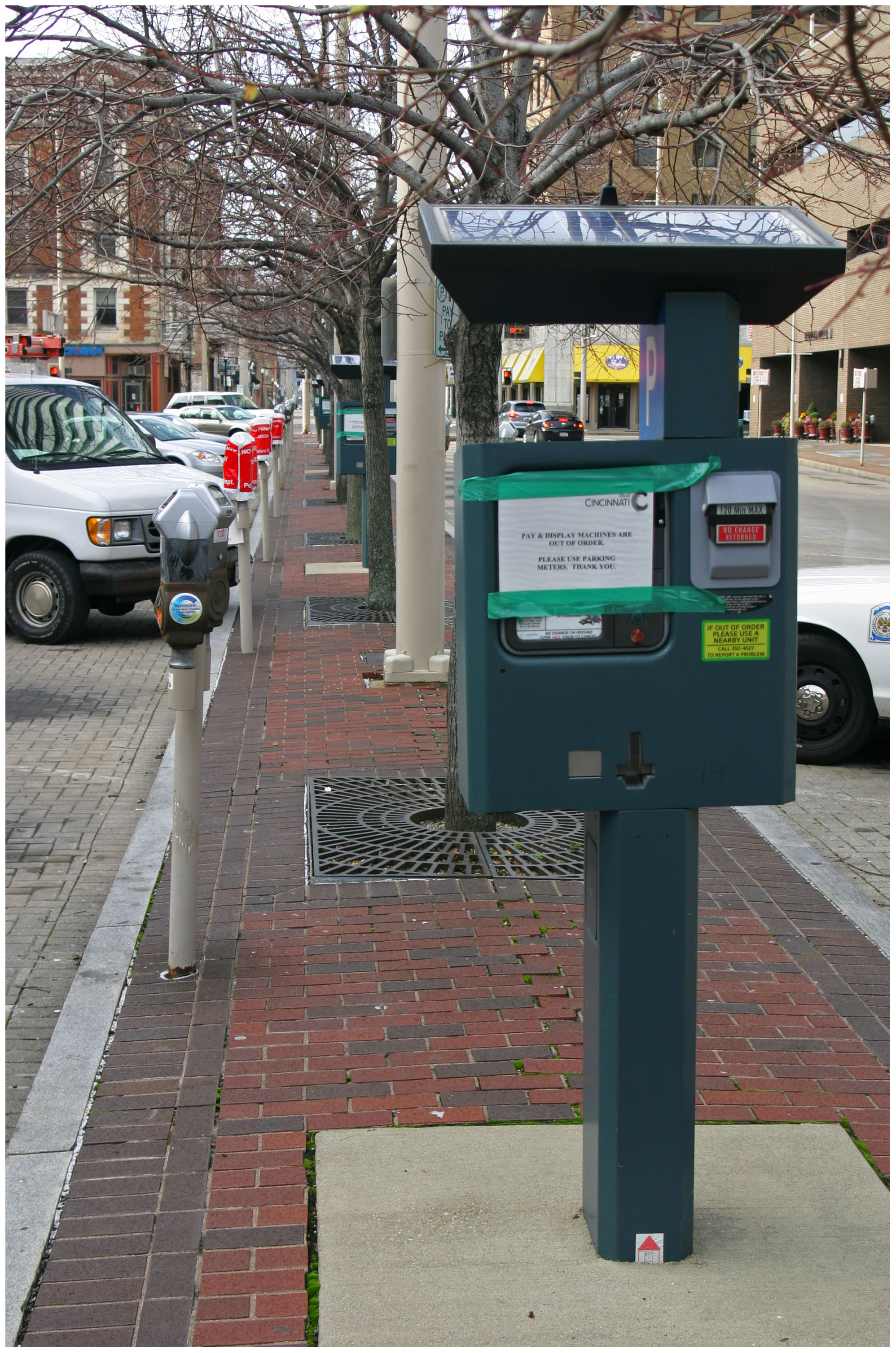
We are continuing to look at opportunities inside City Hall that could help alleviate Cincinnati’s budget and pension liabilities, while also maintaining and improving service delivery.
In addition to the waste collection reforms that include a shift to a Pay As You Throw system, we will be making other specific policy recommendations that we feel will improve the quality of service delivery while also improving the City’s finances – ultimately working toward a long-term, structurally balanced budget.
Back in June 2010, UrbanCincy examined the finances of the city’s parking system. In this analysis, and comparison with cities from around the country, we discovered a broken system that was not performing the functions it needed to perform, and was not financially solvent.
As a result, we recommended a seven-year lease of all 5,700 of the city’s on-street parking meters. We estimated that such a deal could yield just over $3 million in annual payments, while also ridding the city of the associated financial liabilities. We did not estimate what an upfront payment could be due to the infinite number of variables that could affect that.
While much has changed politically since that time, the facts remain the same. Cincinnati’s parking system is broken, and is in need of immediate upgrades and reforms.
One of the first actions by the newly elected Mayor John Cranley (D), however, was to halt the signed Parking Lease & Modernization agreement, executed by former City Manager Milton Dohoney, which was structured to solve these exact problems. Under that deal the City would have leased four parking garages, one parking lot and all of the City’s on-street parking meters to the Port of Greater Cincinnati Development Authority.
The Port then agreed to work with Xerox to manage the system and implement comprehensive upgrades to the deteriorating and outdated system. This would have included electronic parking meters that accept credit cards, real-time parking availability data systems and the rehabilitation of existing lots and garages.
The deal would have also provided the City of Cincinnati with an upfront payment of $85 million, generated approximately $3 million in annual installment payments over the life of the agreement, and guaranteed approximately $98 million in capital investments into the system. For better or worse, that agreement has been jeopardized and we are essentially back at square one.
So where and what exactly is square one?
The City has been experiencing declining revenues from its parking assets for several years now. Revenue collections peaked years ago, but have been declining recently due to inadequate enforcement and the parking system’s poor state of repair. These assets require constant and expensive maintenance and upgrades, so virtually all of the money generated by the Parking System is spent maintaining the Parking System.
This is important. The Parking System does not generate any excess revenue for the city to use on other basic services.
In most years the Parking System is revenue neutral, meaning that the revenues it generates cover its expenses. This is acceptable, unless you are deferring maintenance costs in order to make the numbers match. This has been the case in Cincinnati for years, and has left the Parking System in terrible condition.
The situation has gotten worse in recent years as council has worked to balance the budget without laying off employees. In both 2010 and 2011, the city spent considerably more on the Parking System than it collected in an effort to keep it up to snuff. We are talking $3.6 million more in 2010 and $1.1 million more in 2011. This stopped in 2012 when the city cut its annual investments in the Parking System by several million dollars.
For reference, investments in the Parking System today are approximately 38% lower than they were when the City invested $13.3 million into the Parking System in 2010. Over that same period, the parking fund balance has dropped from $12.5 million to $7.8 million.
Simply put: revenues are down, maintenance is being deferred and the parking fund is being depleted. This is not sustainable.
The recent proposal from the Cranley Administration, which was immediately and thoroughly rejected by just about everyone except five council members, does not address what the problems are, and therefore does not propose appropriate solutions for those problems.
The situation and trajectory is dire and UrbanCincy recommends that the City of Cincinnati move forward with upgrades to its Parking System immediately. Absent the previously agreed upon Parking Lease & Modernization deal or some other public-private partnership; here is how we suggest doing so:
- Issue bonds to upgrade all parking meters in the city to use the latest electronic payment collection and occupancy tracking technology. This would include pay-by-phone capabilities.
- Utilize the new technology to implement variable pricing structures that reflect real-time market demand. If there is a Bengals game downtown and meters near the stadium are packed, then the rates on those meters would increase, while meters further away would maintain lower rates. In neighborhood business districts the same would be true. When demand is high so should be prices. When demand is low, prices should drop accordingly to make it a more attractive option for those visiting our neighborhood business districts.
- Release a new application, website and text alert system that notifies drivers of parking space availability and informs them of the associated rates.
- Sell the city-owned parking lot at Third Street and Central Avenue so that it can be repurposed into a tax-producing property.
- Create a special lease agreement for city-owned parking garages and lots, so that the separate authority could manage advertising at these locations. The Ohio Revised Code currently does not grant cities authority to sell advertising in such a manner, but not allowing for advertisements is unnecessarily cutting off much-needed revenue. Let’s get creative so that we can maximize revenues without burdening our residents, businesses or visitors.
- Tear down the Garfield Garage, which is in greatest need of repair, and market the site to developers interested in building on it. Such a development agreement could include the provision of the same or greater number of parking spaces to be replaced – similar to the deal signed for the new residential tower to be built at Fourth and Race Streets in the place of the Pogue’s Garage. This will free the city from a major capital expense that would further deplete the parking fund in the near future.
- Tear down the Seventh & Sycamore Garage, which is the only thing blocking the construction of a $14.2 million, 115-room hotel and 725-space garage from being built in its place. The existing 450-space garage is also in poor condition and its removal would be another major liability coming off the City’s books.
- Conduct a citywide study to determine appropriate adjustments to the hours of operation for on-street parking meters on a neighborhood-by-neighborhood level.
Following through on these eight recommendations will allow the city to maintain ownership and control of its Parking System while also allowing it to make the necessary upgrades and improve the balance sheets for this portion of the budget. These changes will make the Parking System a revenue generating asset not just in rhetoric, but in reality.
The increased revenues will allow for the City to replenish the parking fund, make its upgrades and take additional revenue and use it to support other essential but non-revenue generating public services.

